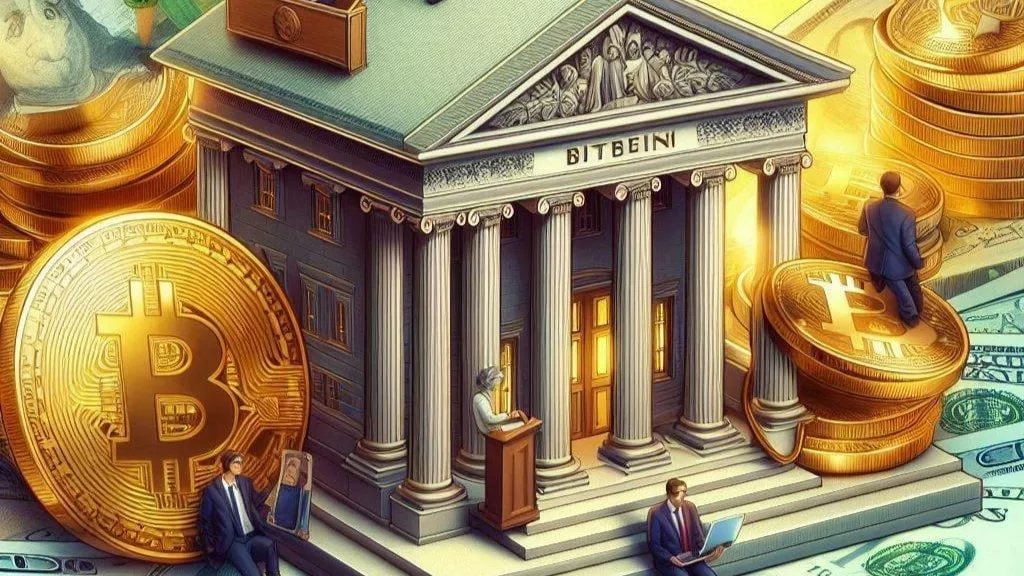
In a significant turn of events that reverberated across the United States’ financial landscape, the once-stable financial sector experienced an unexpected 0.9% dip, sparking a cascade of concerns that rippled through the broader market. The downturn, in turn, played a pivotal role in the slump witnessed by the S&P 500, leaving analysts and investors alike grappling to comprehend the driving forces behind this unexpected twist.
The focal point of this financial upheaval was the unprecedented credit rating downgrades handed down by the renowned credit rating agency, Standard & Poor’s (S&P). The fallout was particularly evident among numerous regional banks scattered across the nation, which found themselves bearing the brunt of these credit rating reductions. These adjustments, seemingly innocuous on the surface, set off a chain reaction that ultimately influenced investor decisions and sent shockwaves surging through the very foundation of the stock market.
The financial sector, traditionally considered a cornerstone of the robust US economy, encountered a tumultuous day as it encountered an unforeseen 0.9% decline. This sudden downturn cast a pervasive shadow over the prevailing market sentiment, leaving financial experts, economists, and investors collectively intrigued, if not apprehensive, about the intricate underpinnings that led to such a pronounced shift.
However, the primary catalyst behind this intricate financial saga was undeniably the unprecedented credit rating downgrades spearheaded by the prominent credit rating agency, S&P. The impact was acutely felt among several regional banks that constitute the backbone of the US banking industry. These venerable institutions, once considered unshakeable pillars of financial stability, now found themselves grappling with the consequences of diminished creditworthiness. The resultant effect was a domino effect that rippled through the complex network of investor decisions and subsequently sent shockwaves through the hitherto stable stock market.
The credit rating adjustments executed by S&P were more than mere numerical recalibrations; they represented a seismic shift in market perceptions. As regional banks were downgraded, their ability to attract investors and secure loans was compromised, thus setting off a cascade of financial uncertainty. As the news of these downgrades spread like wildfire, investors responded with a sense of caution, triggering a palpable dip in the market.
Perhaps most striking was the undeniable impact on the shares of the regional banks, with the KBW regional banking index experiencing a substantial 2.7% slide. This pronounced downturn reflected the precarious nature of the situation, with investors and financial experts scrambling to recalibrate their strategies in the face of newfound uncertainty. The repercussions were not confined to the regional sector alone; the S&P 500 banks index, a comprehensive measure of the banking industry’s health, witnessed a significant 2.4% drop, further exacerbating the existing market turmoil.
The ripples of this unexpected market disturbance were far-reaching, causing investors to pause and reassess their positions across the financial sector. The intricate web of interconnected financial institutions meant that the repercussions extended beyond the banking industry, with implications for various sectors of the economy. This unanticipated turbulence served as a stark reminder of the fragile nature of the market, where a single event can set off a chain reaction that reverberates throughout the entire economic landscape.
In conclusion, the financial sector’s unexpected 0.9% dip, triggered by S&P’s credit rating downgrades, sent shockwaves through the intricate tapestry of the US economy. Regional banks, once bedrocks of stability, bore the brunt of these downgrades, leading to a pronounced decline in their shares and exacerbating the broader market turmoil. The aftermath of this event served as a stark reminder of the interconnectedness of financial systems and the inherently delicate nature of the stock market. As experts and investors grapple to make sense of this development, it remains to be seen how the financial sector will navigate these uncharted waters and restore stability in the wake of this unforeseen disruption.

Get the latest Crypto & Blockchain News in your inbox.